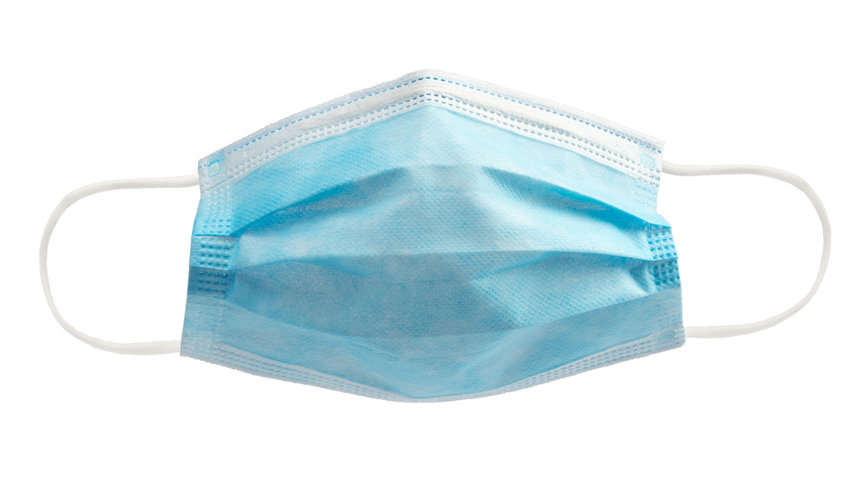Maskne
While adapting to the new and changed lifestyle of COVID-19 has become a problem of the past, difficulties still prove to exist. Putting on a mask before walking into school or a public place has been engraved into our minds, but it what’s underneath that has yet to be trained.
Maskne, a term used by dermatologists to describe “acne flare-ups or skin irritation from wearing face coverings,” has become a common issue for many (What Is Maskne and What Causes It? 1). While teens and people with sensitive skin are more prone, people without a history of acne are affected too. This is because breathing and talking with a mask on traps warm and moist air, creating the perfect environment for “yeast, bacteria and other flora, such as demodex (types of skin mites that naturally live on our skin), to grow” (The Struggle With Maskne Is Very Real 7).
While maskne isn’t completely preventable, some actions can be taken to minimize breakouts. Dermatologists suggest using a gentle, unscented cleanser twice a day, noncomedogenic or oil-free products, and a light moisturizer. This is due to the fact that “Harsh soaps and fragrances can further irritate the skin, and oils can make you more prone to developing acne” (What Is Maskne and What Causes It? 5). In addition, it’s best to use more breathable mask fabrics. “Good examples are 100% cotton or silk, since they are less likely to rub against the skin” (What Is Maskne and What Causes It? 10). I personally suggest using disposable masks and throwing them out after daily use or sweating. This helped my skin tremendously, especially with being sweaty at practices. If you prefer a reusable mask, washing it or using a new one every day is extremely important for bacterial control. Lastly, benzoyl peroxide and salicylic acid are beneficial over-the-counter topicals. Try to look for lower percentages such as 2% and 5% to prevent too much dehydration of the skin. If acne worsens or fails to improve after using the over-the-counter solutions, it’s important to visit a dermatologist.
It’s important to note that other rashes can form under the mask that aren’t classified as acne. “Bacterial imbalances and friction” caused by masks can lead to other skin conditions such as rosacea and perioral dermatitis, “fine pimples and pustules [that] appear around the nose and mouth” (The Struggle With Maskne Is Very Real 8). This may look like acne and is commonly mistaken for it, but treatment is different. One determining difference is that dermatitis and other common conditions tend to be itchy. Acne typically isn’t.
Another important note is that while maskne may seem extremely annoying, masks prevent many from a way bigger issue, COVID-19. It’s the “first line of defense” and protects you and others from getting sick (The Struggle With Maskne Is Very Real 24).
Works Cited
“The Struggle with Maskne Is Very Real.” Cleveland Clinic, Cleveland Clinic, 20 Aug. 2021, https://health.clevelandclinic.org/the-struggle-with-maskne-is-very-real/.
“Maskne: The Causes behind These Acne Flare-Ups.” NewYork-Presbyterian, 4 Dec. 2020, https://healthmatters.nyp.org/what-is-maskne-and-what-causes-it/.

Sadie enjoys writing poetry, and spending time with the people she loves the most. Many of her poems have been featured in the Talent Unlimited magazine....

